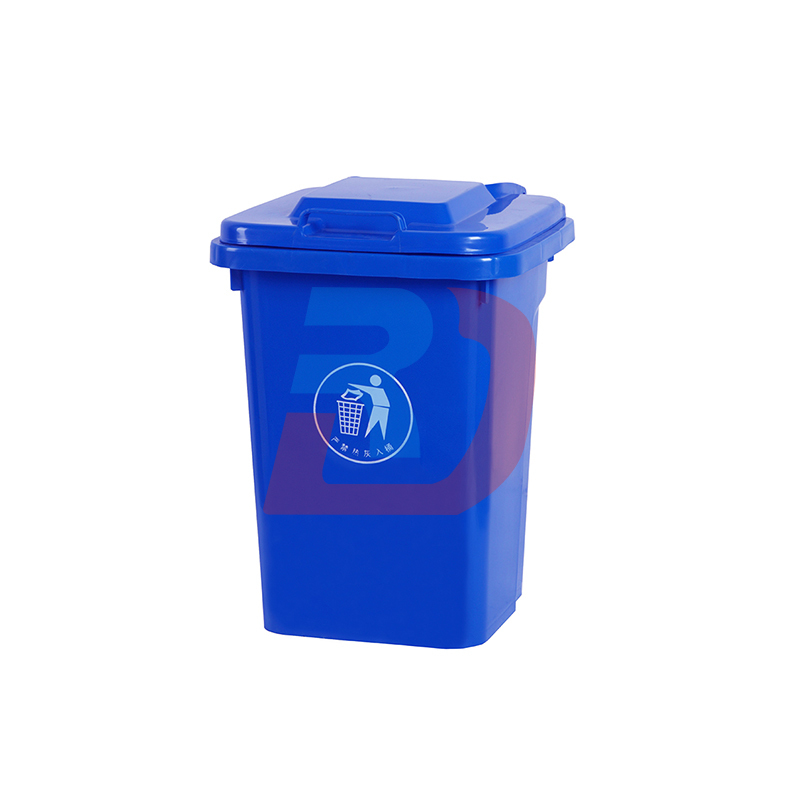Separation garbage moulds provide clear compartments or sections for different types of recyclables, such as paper, plastic, glass, and metal. This makes it easy for individuals to sort their waste correctly, ensuring that recyclable materials are separated from non-recyclables. The clear labeling and visual cues on the moulds help guide users in making proper waste disposal choices.
Designing customized waste management systems with separation garbage moulds offers several benefits in efficiently managing waste and promoting recycling.
Consider durability and maintenance: Choose separation garbage moulds made from durable materials that can withstand regular use and potential weather exposure, especially for outdoor installations. Easy-to-clean surfaces and removable inner containers simplify maintenance and prevent odors or contamination. Ensure that the moulds have proper ventilation to minimize the buildup of unpleasant smells.
Minimize contamination: Contamination is a significant challenge in recycling processes. Separation garbage moulds help minimize contamination by keeping different types of waste separate. For example, food waste or liquids can contaminate paper or cardboard, rendering them unrecyclable. By using separation garbage moulds, the risk of contamination is reduced, ensuring that recyclable materials remain in a clean and usable condition. By preventing cross-contamination, these moulds help preserve the quality and value of recyclable materials, making them more suitable for recycling facilities and reducing the likelihood of rejected or downgraded recyclables.
Tailored waste streams: Different environments generate varying types and volumes of waste. By customizing separation garbage moulds, waste management systems can be designed to accommodate specific waste streams. For example, a system for a residential area might prioritize compartments for recyclables, organic waste, and general waste, while a system in a commercial setting could include separate bins for paper, plastic, and electronic waste. This customization ensures that the waste management system meets the specific needs of the location.
Adaptability and scalability: Design the waste management system with adaptability in mind to accommodate future changes in waste streams or recycling requirements. Consider the scalability of the system, allowing for the addition or modification of separation garbage moulds as needed. This flexibility ensures that the system can evolve and adapt to changing waste management needs.


By customizing waste management systems with separation garbage moulds, organizations can effectively streamline waste separation, recycling, and sustainability efforts. Considering waste composition, segregation requirements, accessibility, signage, durability, monitoring, and scalability ensures a tailored and efficient waste management solution. These customized systems not only promote proper waste disposal but also contribute to environmental conservation and a cleaner future.



 English
English Español
Español 中文简体
中文简体












